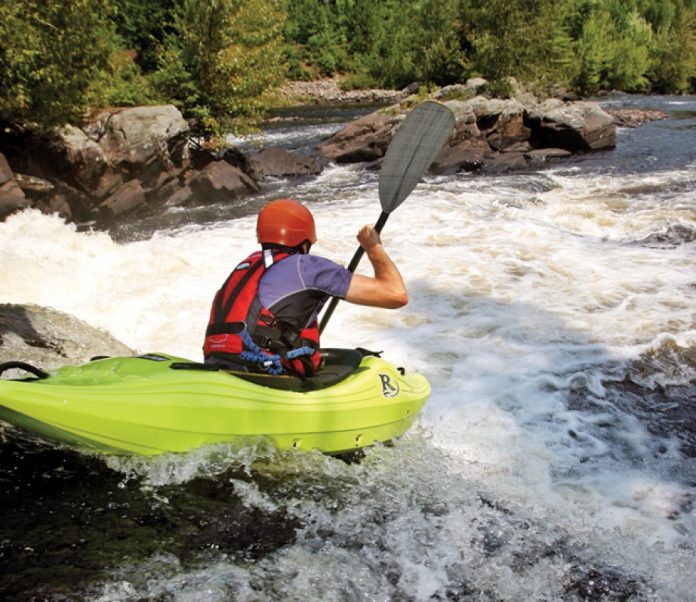Greek philosopher Heraclitus wrote famously, “You can never step into the same river twice.” While this is an impressive line for any river guide to quote, without context it means very little.
Consider that only about 100 sentences of Heraclitus’ work have survived through the ages, and this is the only one anybody would recognize. He marched to a different drummer in an era when his peers (that go by such unpronounceable names as Xenophanes, Anaximander, Pisistratos, and Pythagoras—yes, the Pythagorean theorem guy) all understood the world as one of opposites. It was commonly thought human experience was a battle between good and evil, light and dark, right and left.
Heraclitus, on the other hand, was all about “going with the flow.” What he was getting at with his no-double-dipping rule was that change was constant. We can’t step in the same river twice because the flow of the river has replaced the water. If you put your foot in the same spot again, it will be a different river. So enjoy the moment, he argued, when it is gone, it’s gone.
Recently, a 30-hour drive west for a season of work on the river was plenty of time for me to mine my memories. I didn’t know what to expect when I rolled up to base camp; more than 10 years had passed. That’s a long time in the river guiding business. According to Heraclitus, the river had turned over millions of times. And so had the staff; I knew no one there.
The rivers and the canyons were as beautiful and sublime as I remembered.
It’s easy to fall into the rhythm of multi-day raft trips: wake up, eat, rig, float, run rapids, de-rig, eat, sleep. I remembered the river and looked expectantly around every bend, anticipating familiar views, proud I could visualize and hit the lines after 10 years away. But something just felt different.
When I was younger and guiding full time, living out of my truck, chasing the seasons, dirt-bagging it, I resented the part-time old guys who parachuted in, like I was doing this time. Their shorts were the wrong length and their sandals too old; they slowed down rigging with their “back-in-the-day” stories. They weren’t full time, didn’t need the money—they took vacation time to work for christ’s sake.
Thankfully, I could row better than all of the young dudes and I was careful to bite my tongue while rigging my boat. But my shorts were wrong and I took too many pictures. coming off trip, my young co-guides would drink, swing in hammocks and change the oil in their dusty Subarus. I had email to check, an article and conference proposals to write, a course to plan, a family to catch up with, bills to pay… and longer shorts to buy.
When I pushed off from the boat ramp to start my second trip, I thought of Heraclitus. I had no intention of coming back here to relive my dirt bag days. Nor was it for the adventure; I’ve logged more than 25 trips on this five-day run. But I became aware of the different place each of us was in. For the clients, this was all excitement and terribly death defying. Even for the young guides, they were still stepping into the proverbial river for the first time—face into the current, fully immersed in the moment.
I on the other hand was stepping here for the second time, and even then only with one foot. I felt the change of which Heraclitus wrote, and I realized it is okay. Only by stepping into the river a second time could I see (or remember) where I was the first time—it was like returning to a milepost and seeing how far I’d come. I too was fully immersed in the moment at one time—the single mindedness of my life then makes me smile, but I don’t miss it.
Heraclitus’ line is often used to express regret; failing to seize the moment. But that is only if you assume there is only one river in which to wet your feet. If change is inevitable, then the next river promises more than the first. It is not with regret that we can’t go back, but promise that we can go forward. Investing a passion across a variety of currents reaps more rewards.
When I was young and in the thick of guiding, and being 20-something, I didn’t understand Heraclitus. But I did sense those old boys had something else going on and I was curious about what lay around the bend. Going back, I realized my role there on the river was making it okay for others to take another step out of this river and into the next.
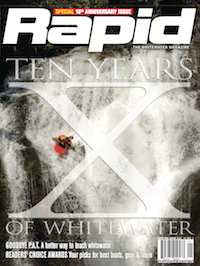
This article first appeared in the Spring 2008 issue of Rapid Magazine.



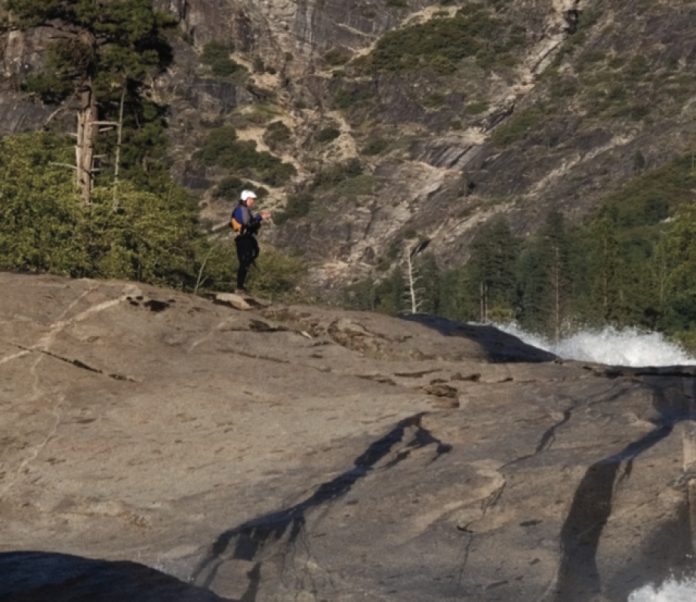
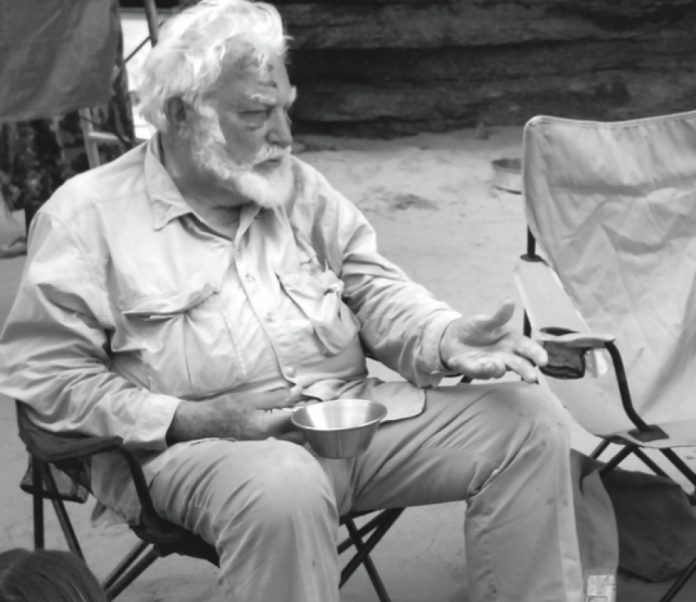
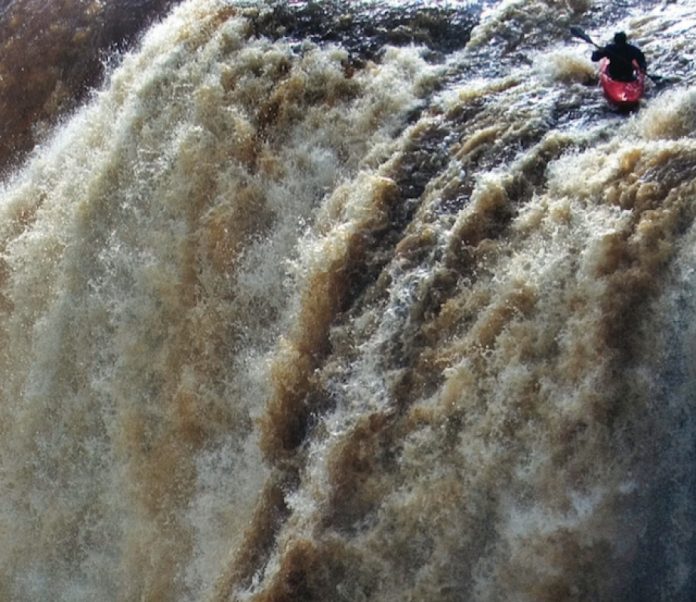
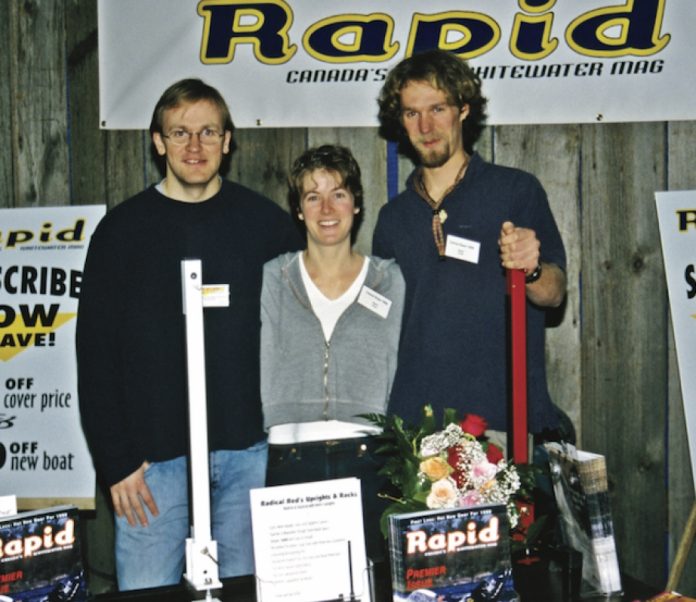
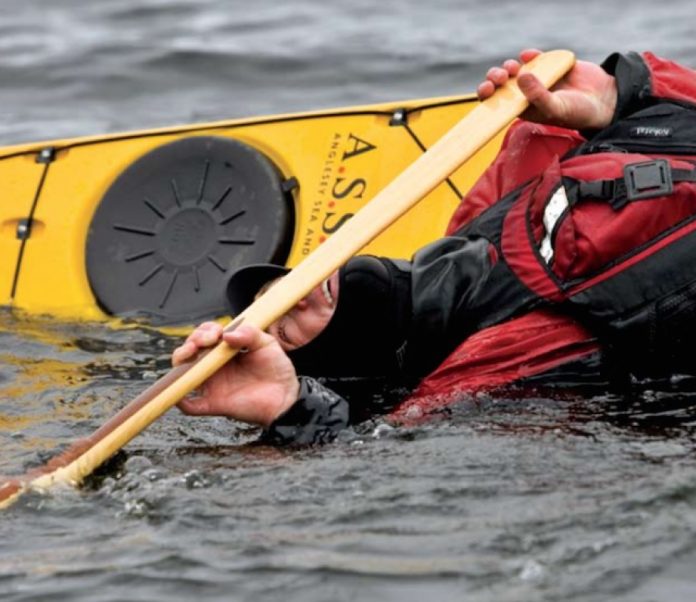
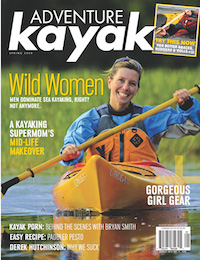 This article first appeared in the Spring 2008 issue of Adventure Kayak Magazine. For more great content, subscribe to Adventure Kayak’s print and digital editions
This article first appeared in the Spring 2008 issue of Adventure Kayak Magazine. For more great content, subscribe to Adventure Kayak’s print and digital editions 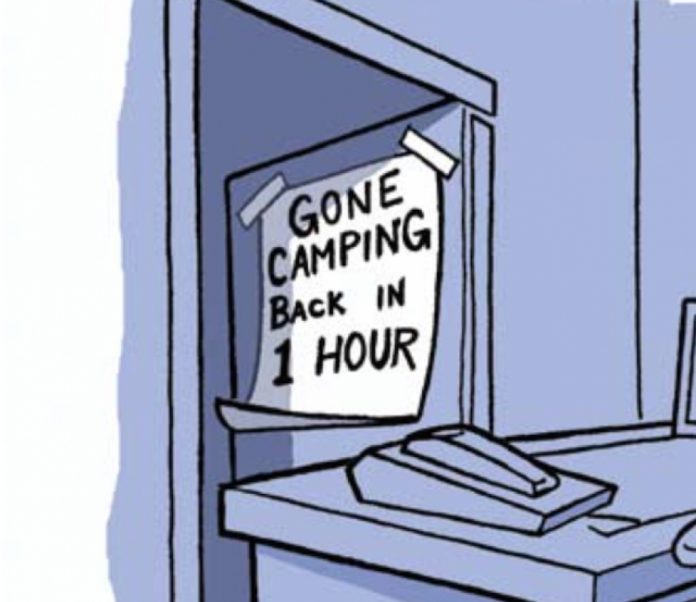

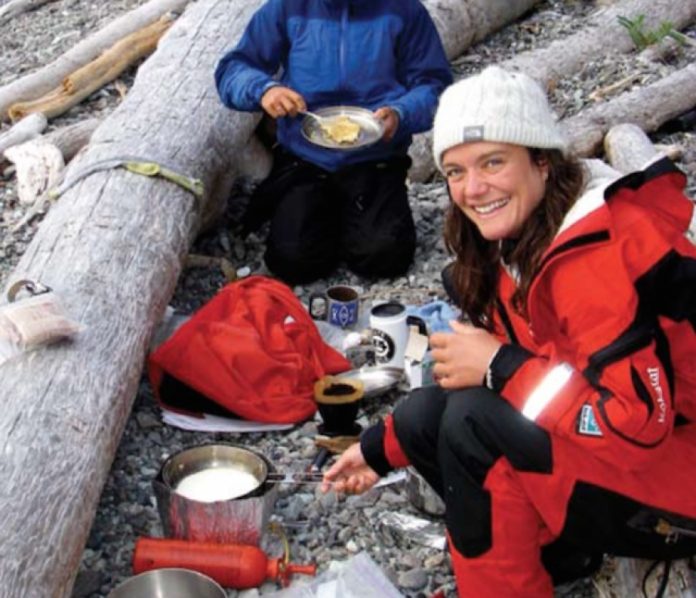
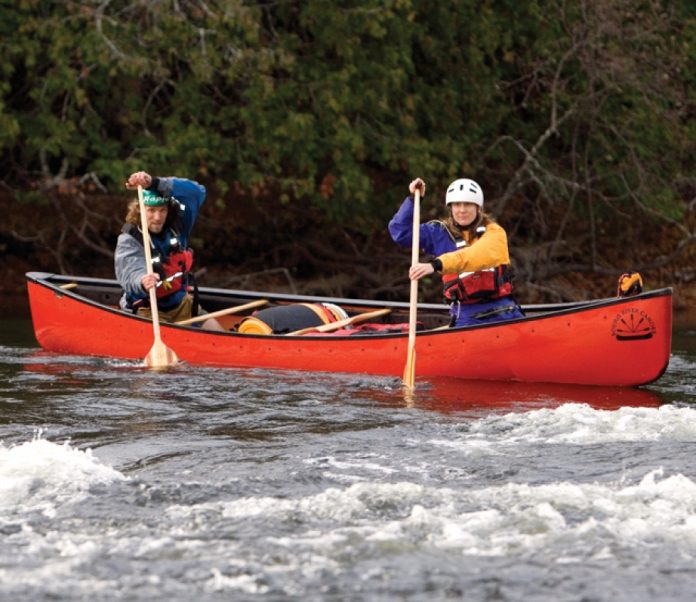
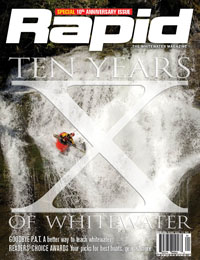 This article first appeared in the Spring 2008 issue of Rapid Magazine. For more great boat reviews, subscribe to Rapid’s print and digital editions
This article first appeared in the Spring 2008 issue of Rapid Magazine. For more great boat reviews, subscribe to Rapid’s print and digital editions 